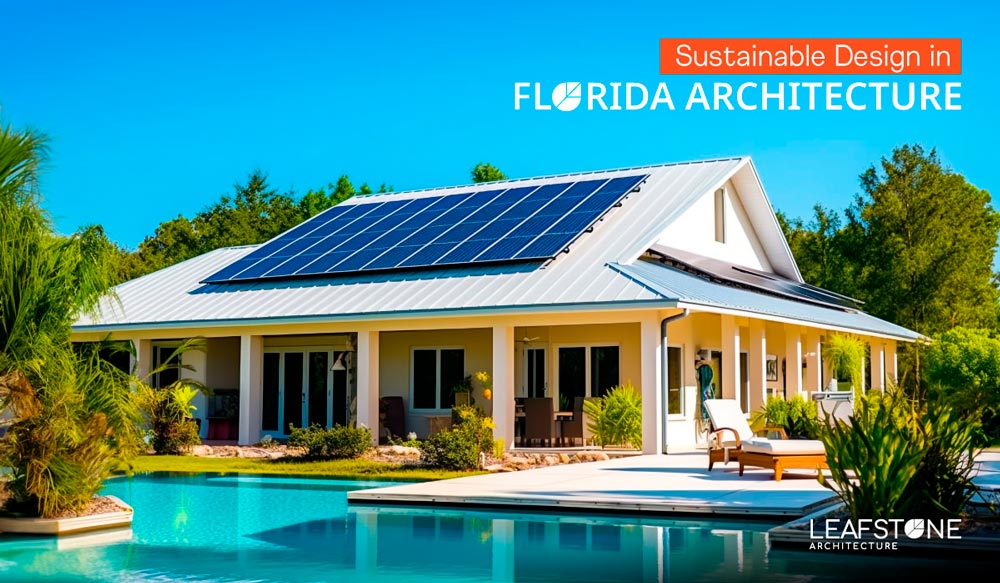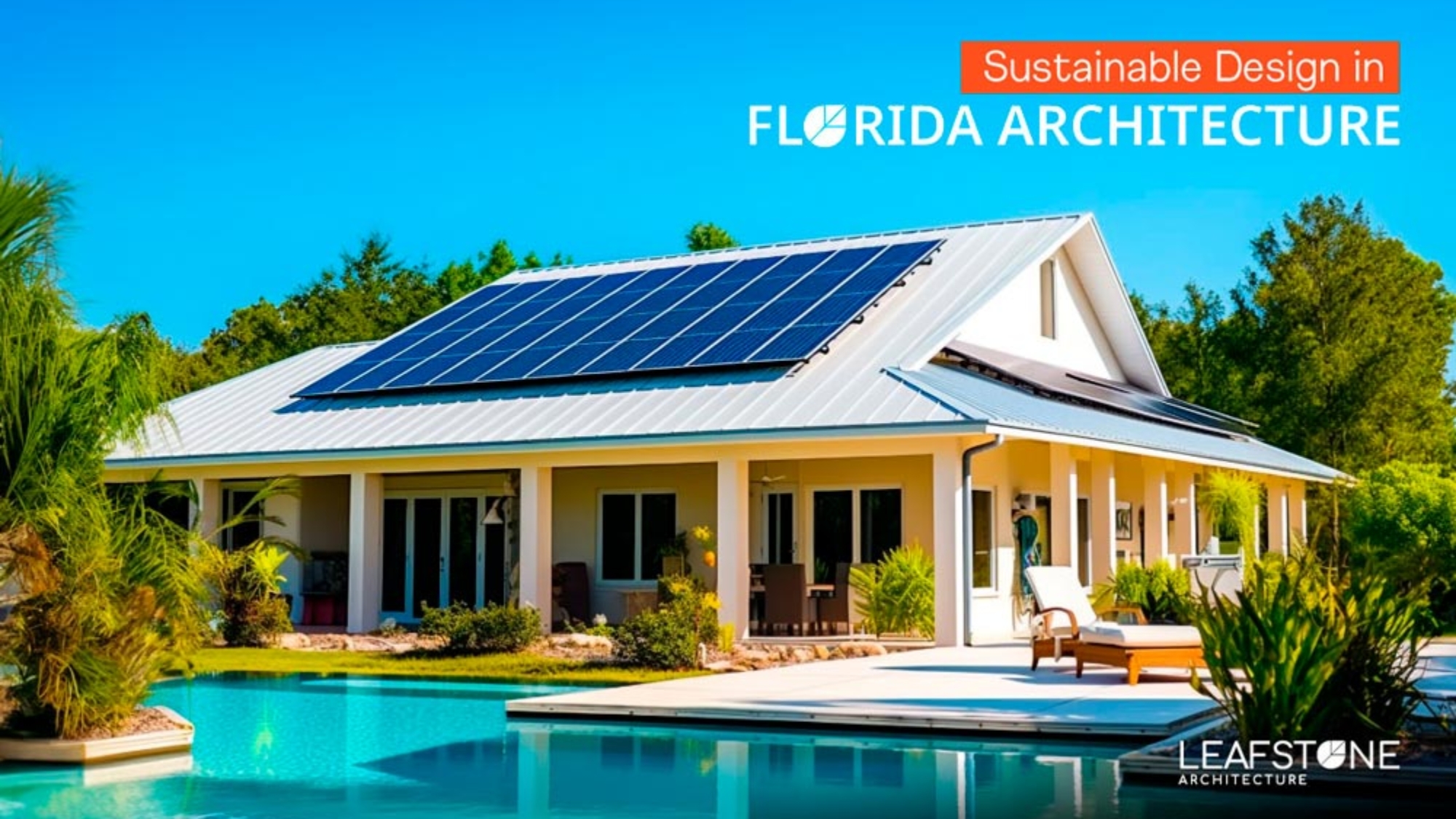Florida’s architecture is undergoing a transformative shift towards sustainability. With its unique environmental challenges and diverse ecosystems, architects are embracing innovative approaches to design that minimize environmental impact. In this blog post, we’ll delve into the world of sustainable design in Florida architecture, exploring its principles, practices, and the impact it has on both the environment and communities.
The Rise of Sustainable Design
Sustainable design, also known as green design or eco-friendly design, prioritizes reducing negative impacts on the environment while enhancing the health and well-being of occupants. In Florida, where the effects of climate change are increasingly evident, sustainable design has become more than just a trend – it’s a necessity.
Architects in Florida are leveraging a variety of strategies to create buildings that are energy-efficient, resource-conscious, and resilient to climate-related challenges. From harnessing renewable energy sources such as solar power to utilizing recycled and locally sourced materials, sustainable design practices are reshaping the architectural landscape of the Sunshine State.
Benefits of Sustainable Design
The benefits of sustainable design in Florida are manifold. Not only does it reduce the carbon footprint of buildings, but it also lowers operating costs, enhances occupant comfort, and improves overall quality of life. By incorporating features such as green roofs, rainwater harvesting systems, and passive cooling techniques, architects are creating buildings that are both environmentally friendly and economically viable.
Moreover, sustainable design promotes biodiversity and ecosystem health by preserving natural habitats and reducing urban heat island effects. This, in turn, helps mitigate the impact of climate change and fosters a more resilient built environment for future generations.

FAQs
Q: What are some common sustainable design features in Florida architecture?
A: Common sustainable design features include solar panels, energy-efficient windows, green roofs, rainwater harvesting systems, and passive cooling techniques.
Q: How does sustainable design benefit the environment?
A: Sustainable design reduces energy consumption, minimizes waste generation, preserves natural habitats, and promotes biodiversity, ultimately mitigating the impact of climate change.
Q: Are there any incentives for implementing sustainable design practices in Florida?
A: Yes, various incentives such as tax credits, rebates, and grants are available for implementing sustainable design practices in Florida. Additionally, green building certifications like LEED (Leadership in Energy and Environmental Design) offer recognition and incentives for sustainable projects.
In conclusion, sustainable design is not only a solution to mitigate the environmental impact of architecture but also a pathway towards creating healthier, more resilient communities in Florida. By embracing eco-friendly practices and innovative technologies, architects are leading a green revolution that promises a brighter and more sustainable future for generations to come. Join us in shaping a greener tomorrow through sustainable design in Florida architecture.
